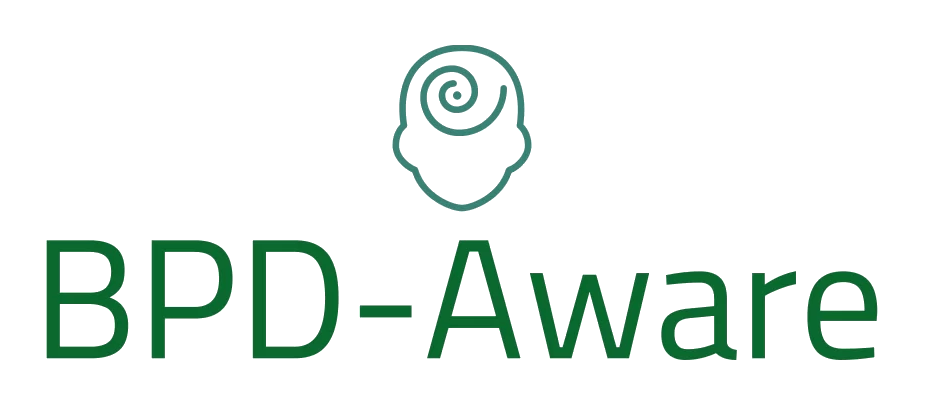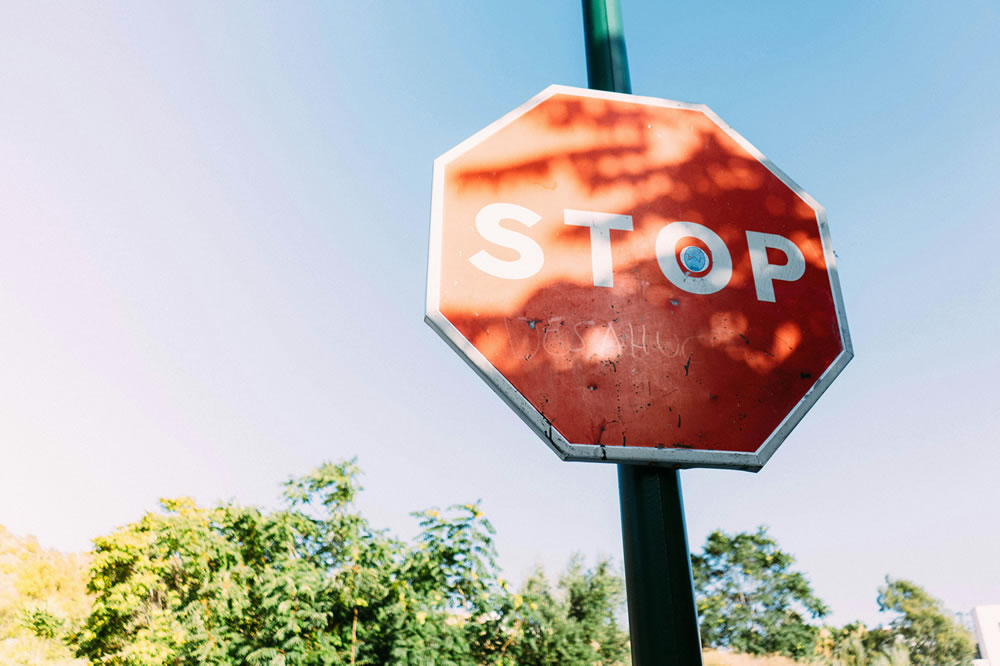In the tapestry of mental health, Borderline Personality Disorder (BPD) stands out as a particularly complex and challenging condition. BPD not only affects the lives of those who bear its weight but also ripples out to touch the lives of friends, family, and loved ones. Despite its daunting nature, there is a beacon of hope in the often tumultuous journey of living with BPD: therapy.
We will explore the importance of seeking professional therapy for people grappling with Borderline Personality Disorder. We hope to highlight the transformative power of therapy for those with BPD and emphasize that a more fulfilling life is achievable with the right support.
Seeking therapy when you have a disorder like BPD is essential for several compelling reasons. BPD is a complex personality disorder characterized by emotional instability, turbulent relationships, and a distorted sense of self. Psychotherapy plays a vital role in managing these symptoms and improving overall quality of life. Here’s why it’s so important:
Managing Emotional Turbulence: Individuals with BPD experience extreme emotional swings and intense feelings of anger, sadness, and anxiety. For example, a person with BPD might feel overwhelming sadness and despair in response to a minor criticism. Therapy, particularly Dialectical Behavior Therapy (DBT), is designed to help people better understand and manage these intense emotions, reducing their impact on daily life.
Improving Interpersonal Relationships: BPD often causes difficulties in maintaining stable and healthy relationships. People with BPD may have a pattern of intense and unstable relationships, alternating between idealizing and devaluing the other person. Therapy can help people understand and change their relationship patterns. For instance, in therapy, a person might learn to recognize and adjust their reaction when they start to idolize a new friend, which can prevent the relationship from becoming overwhelming and ultimately unsustainable.
Reducing Self-Harming Behaviors: Self-harm and suicidal thoughts are common in individuals with BPD. Therapy provides a haven to discuss these thoughts and actions, and develop strategies and techniques to manage and them. For example, a therapist might work with a client to develop a crisis plan for times when they feel an urge to self-harm.
Building a Stable Sense of Self: One of the hallmarks of BPD is an unstable sense of self. Individuals might struggle with their identity, values, and goals. Therapy helps in exploring these areas and developing a more stable and coherent sense of self. For instance, through therapy, a person might discover that their career path, chosen to please others, is at odds with their true interests, leading them to pursue a more fulfilling career.
Developing Coping Skills: Therapy teaches valuable coping and problem-solving skills that can be used in challenging situations. These skills are particularly important for individuals with BPD who may struggle with impulsive behaviors. For example, a therapist might teach mindfulness techniques to help a person stay grounded in the present moment and reduce impulsive reactions.
Addressing Comorbid Conditions: BPD often coexists with other mental health issues such as depression, anxiety, and substance abuse. Therapy can address these comorbid conditions, offering a comprehensive approach to improving mental health. For instance, a person with BPD and substance abuse might receive integrated treatment for both issues, increasing the likelihood of successful management.
Enhancing Self-Understanding and Awareness: Therapy encourages self-reflection and understanding, helping individuals with BPD gain insight into their thoughts, feelings, and behaviors. An increased awareness can lead to well informed choices and changes. A person might realize, for instance, that their fear of abandonment triggers certain relationship behaviors, and work on addressing this underlying fear.
Support and Validation: The therapeutic relationship provides support and validation, which is crucial for individuals who often feel misunderstood or stigmatized because of their mental health. A therapist who understands and validates their client’s experiences can provide a powerful healing experience.
Long-Term Management and Support: BPD is a long-term condition that requires ongoing management. Therapy offers consistent support and helps in adapting to life changes, managing stressors, and maintaining progress over time.
Improving Overall Quality of Life: The ultimate goal of therapy is to improve the overall quality of life for individuals with BPD. This includes better relationships, more stable emotions, greater life satisfaction, and fulfillment.

What therapy options are there for someone with BPD?
There are several therapy options available for someone with Borderline Personality Disorder, each with its unique approach and focus. The most effective therapies are specialized, evidence-based treatments that address the symptoms and challenges that come with having BPD. Here are some of the primary therapy options:
Dialectical Behavior Therapy (DBT): DBT is one of the most well-researched and effective treatments for BPD. It combines cognitive-behavioral techniques with mindfulness practices. DBT teaches skills in four crucial areas: mindfulness, distress tolerance, emotion regulation, and interpersonal effectiveness. It helps individuals manage intense emotions, improve relationships, reduce self-destructive behaviors, and live more mindfully.
Cognitive Behavioral Therapy (CBT): CBT helps individuals with BPD recognize and alter negative thought patterns and behaviors. It’s effective in addressing a range of symptoms, including mood instability and relationship issues. CBT can help individuals develop healthier ways of thinking and responding to emotional challenges.
Mentalization-Based Treatment (MBT): MBT is designed to improve the ability to identify and understand one’s own mental states as well as the mental state of others, a process known as mentalization. This therapy helps individuals with BPD to better understand their own thoughts and feelings and those of others, which can improve relationships and emotional regulation.
Schema Therapy: Schema Therapy integrates elements of CBT, attachment theory, psychodynamic concepts, and emotion-focused therapies. It focuses on identifying and changing deeply rooted patterns or schemas developed during childhood that affect current emotions and relationships. This therapy is particularly useful for those who have not responded to other treatments.
Transference-Focused Psychotherapy (TFP): TFP is a psychodynamically-oriented therapy that attempts to help people understand their emotions and interpersonal difficulties through the relationship that develops between the therapist and the patient. It focuses on the concept of transference – the process of projecting feelings about important figures from the past onto the therapist.
Good Psychiatric Management (GPM): GPM is a more generalist approach that combines practical case management and supportive psychotherapy. It focuses on education about the disorder, building a life outside of therapy, and managing symptoms.
Group Therapy: Group therapy can have a positive impact for people with BPD, providing a supportive environment to share experiences, learn from one another, and practice relationship skills. DBT, in particular, often includes a group skills training component.
Family Therapy: Since BPD can significantly affect family dynamics, family therapy can be helpful. It educates family members about the disorder and helps improve communication and reduce family conflict.
It’s important to note that treatment for BPD often involves a combination of these therapies. Moreover, medication can be prescribed to manage specific symptoms like mood swings or anxiety, though it is not a primary treatment for BPD. The type of psychotherapy chosen often depends on the individual’s specific symptoms, treatment goals, and personal preferences. It’s crucial for people with BPD to work with mental health professionals who are experienced in treating the disorder to determine the most appropriate treatment plan.
Final Thoughts
The therapies available for BPD, from Dialectical Behavior Therapy to Schema Therapy and beyond, are not just treatments but powerful tools for transformation and growth. They offer more than just symptom management; they provide a roadmap for individuals to discover their strengths, understand their emotions, and build meaningful, fulfilling relationships.
Therapy can offer hope to those living with BPD, guiding them towards a life defined not by their disorder, but by resilience, self-awareness, and personal achievement. The insights, skills and techniques gained in therapy extend beyond the therapy room, equipping individuals to face life’s challenges with greater confidence and stability.
Moreover, therapy’s impact often ripples outwards, improving the lives of family and friends and fostering healthier, more supportive communities. By engaging in therapy, people with BPD not only enhance their own lives but also contribute to breaking down the stigma surrounding mental health disorders, showcasing that change and recovery are not only possible but achievable.
As we reflect on the transformative power of therapy for those with BPD, it’s important to remember that every step taken towards healing, no matter how small, is a step towards a brighter, more hopeful future. The journey of therapy is one of courage, commitment, and change, leading to a life that is not just lived, but embraced with all its complexities and joys. Let this be a message of hope and encouragement to anyone grappling with BPD: with the right support and dedication, a fulfilling and balanced life is not a mere dream, but a tangible reality.
Sources, Resources, and Further Reading
- 12 Very Good Reasons to Try Therapy: https://www.wondermind.com/article/do-i-need-therapy/
- Why Should I Go to Therapy? 8 Signs It’s Time to See a Therapist: https://www.goodtherapy.org/blog/why-should-i-go-to-therapy-8-signs-its-time-to-see-a-therapist
- Why Therapy? The Most Common Reasons to See a Therapist: https://www.healthline.com/health/do-i-need-therapy
- Borderline Personality Disorder and Resistance to Treatment: https://www.psychiatrictimes.com/view/borderline-personality-disorder-and-resistance-treatment
- Understanding the Importance of Therapy for Borderline Personality Disorder: https://psychchoices.com/blog/2023/07/20/the-healing-power-of-therapy-understanding-the-importance-of-therapy-for-borderline-personality-disorder-bpd/
















